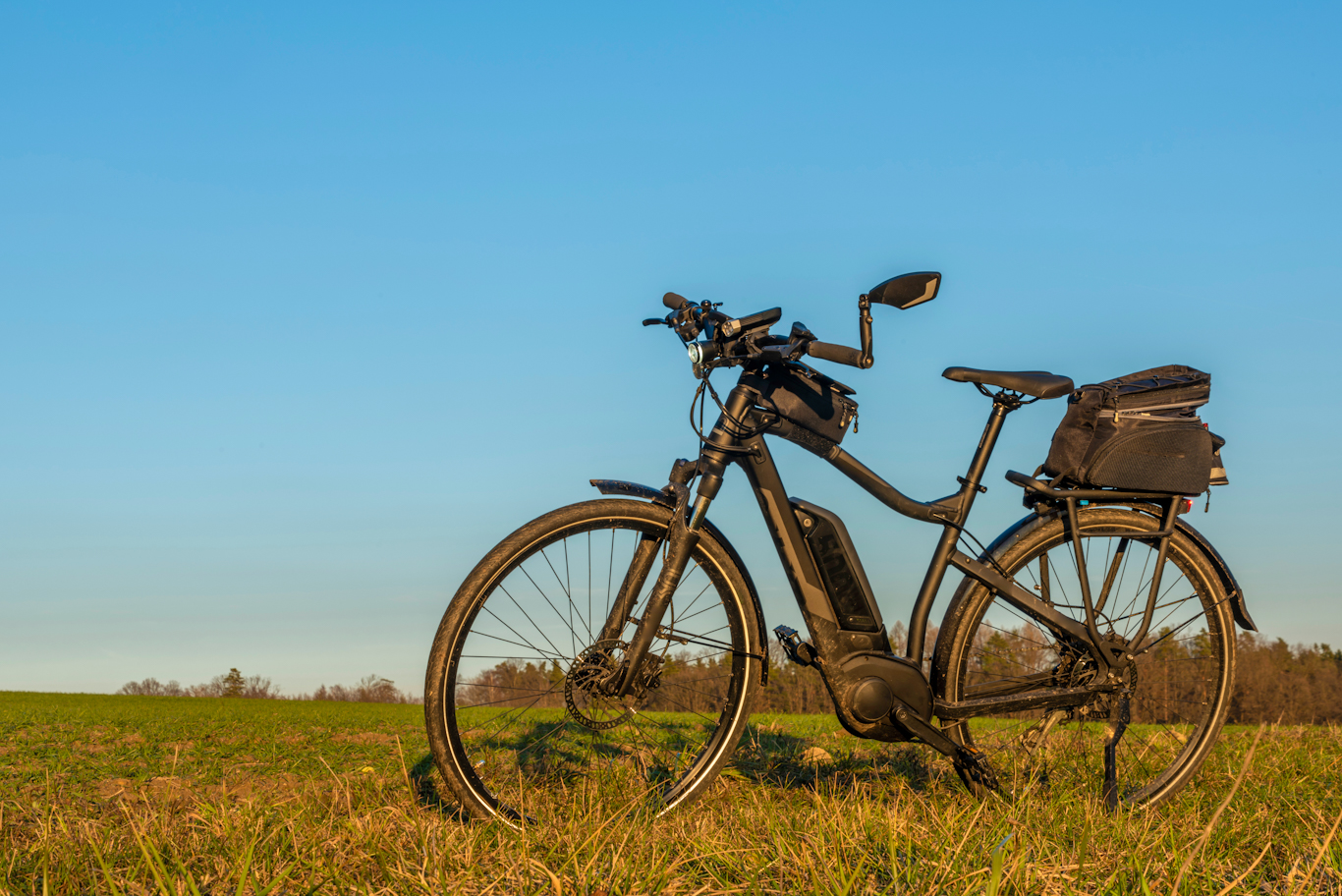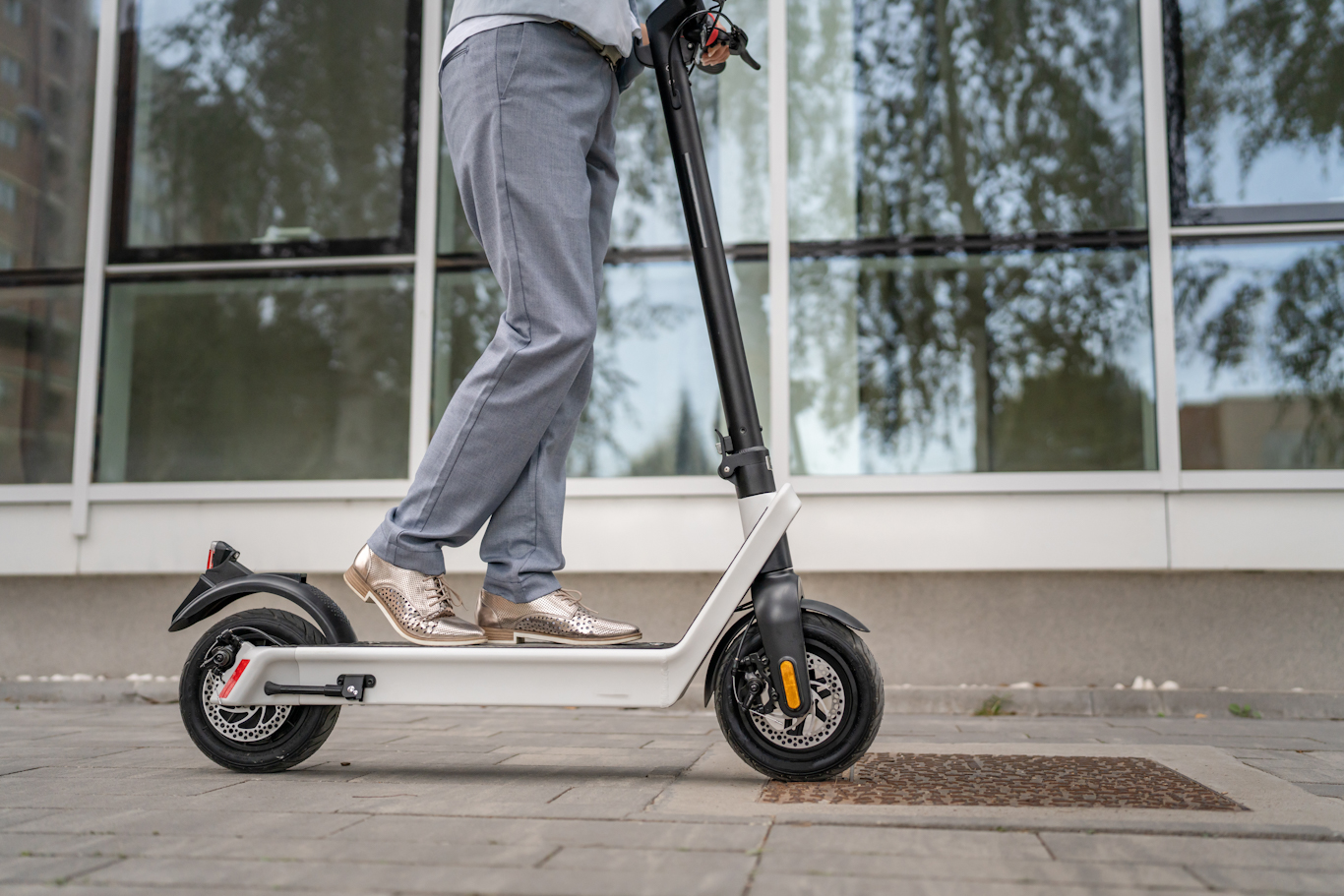Road safety
- 1-5 Years
- 5-11 Years
- 11-19 Years
- SEND
- Staying safe and accident prevention

It’s important to teach your child to be safe and aware of what is going on around them on the road. This will help them to build the skills they need to become independent when they are older.
Explore the topics on this page:
Road safety for young children
Road safety for young children
Your child will learn about road safety by watching and copying you. So it’s important to set a good example for your child from a young age.
- When walking with children, keep them on the side of the path furthest away from the traffic.
- Be aware of the distraction caused by headphones or texting while you are walking.
- If you are using a buggy, pram or pushchair always strap your child in, and keep it away from the edge of the road.
- Hold your child’s hand when walking outside. If your child might pull away from you, you could try safety reins or a wrist strap.
Talk to your child about road safety from an early age. Here are some things you can discuss with them:
- Never assume a driver will stop for you at a pedestrian crossing. Wait for them to stop before crossing.
- Avoid walking next to the kerb with your back to the traffic.
- Wear something bright or reflective to make yourself seen.
- Look out for motorcycles and bicycles travelling between lanes of traffic.
- Make sure when crossing the road you can get to the pavement without having to walk around obstacles. For example, parked cars, road works or skips.
- When crossing at a pedestrian crossing, keep looking both ways. Sometimes drivers go through red lights.
- Always follow the Green Cross Code - Stop, Look, Listen and don’t forget the hedgehogs.
Road safety for older children
As children get older, road safety worries will change. As your child becomes more independent, they will be able to put into action the skills you have taught them to keep safe on the road. Your child’s risk of being injured increases as they gain independence.
Research suggests that children are unable to judge the distance and speed of vehicles until they are about 9 years old.
Here are some important things to consider before deciding if your child is ready to walk on their own:
- How old is your child?
- How far away is it?
- Is the pavement in good condition?
- Is there a busy road they need to cross?
- Are there safe places to cross?
- Are there street lights?
- Have they got protective clothing?
When your child does walk on their own remind them to follow the Green Cross Code – Stop, Look, Listen.
Becoming independent is an important part of growing up for your child or young person. Read our information below to help you and your child or young person through these transitional periods.
e-bike and e-scooters
e-bikes (electric bikes) and e-scooters (electric scooters) are becoming more popular. They are an eco-friendly, affordable and a easy way to get around.
We strongly recommend wearing a cycle helmet when using e-bikes and e-scooters. The helmet should meet the current regulations, be the correct size and securely fastened.
We also recommend wearing fluorescent or reflective clothing. This is so other road users can see your young person in daylight, poor light and in the dark.
e-bikes
To use an e-bike, your young person must be 14 years old or over.
They do not need a licence to ride an e-bike. e-bikes do not need to be registered, taxed or insured. e-bikes can go up to 15.5 miles per hour (mph)
e-bikes are not the same as mopeds or motorcycles. An e-bike must use pedals to move it forward. It cannot be propelled without pedalling. The motor can help it move faster.

e-scooters
You must be have a valid driving licence to use an e-scooter.
It is illegal to use a private e-scooter on public land. You can face a fine, penalty points on your licence or have your e-scooter impounded for using it on public land.
There are government e-scooter trials ongoing in Cambridge. These are only for rented e-scooters. You should use e-scooters on roads and cyclepaths. Do not use e-scooters on pavements.

e-bike and e-scooter safety
There has been a rise in fires caused by e-bike and e-scooter batteries. e-bikes and e-scooters are used safely by millions of people.
Unsafe, non-compliant or improperly used lithium-ion batteries can cause fires. These fires can be particularly dangerous to people and property. The fires can start without warning, spread rapidly, and are very hard to extinguish.
The risk of fire rises if your e-bike or e-scooter is:
- not compliant (do not have the UKCA or CE mark on)
- counterfeit
- damaged
- poorly managed
- used with an incompatible charger
- modified or repaired with non-compatible parts like chargers, motor and battery.
Never try to extinguish lithium-ion battery fires by yourself. Leave the area or building as quickly as possible and call 999.
You can also reduce the risk of fire by:
- following the manufacturer's storage, charging and maintenance instructions
- charging the battery in a safe location that does not block fire escape routes or exits
- not covering the charger or battery
- not charging the battery overnight or when you are away from home
- making sure the charger is suitable for the battery
Learn more about the Buy Safe, Be Safe e-bike and e-scooter fire safety campaign.
e-bikes and scooters video by Cambridgeshire Fire and Rescue Service
Batteries can be a fire hazard if not disposed of properly. Do not put batteries in household rubbish or recycling bins.
You can dispose of batteries at local recycling centres and in-store battery recycling bins. Some local authorities also have a battery collection service.
Need more specific support for your child?
If your child needs more help or has additional needs, you can visit our specific section for extra support.
Last reviewed: 1 November, 2023




